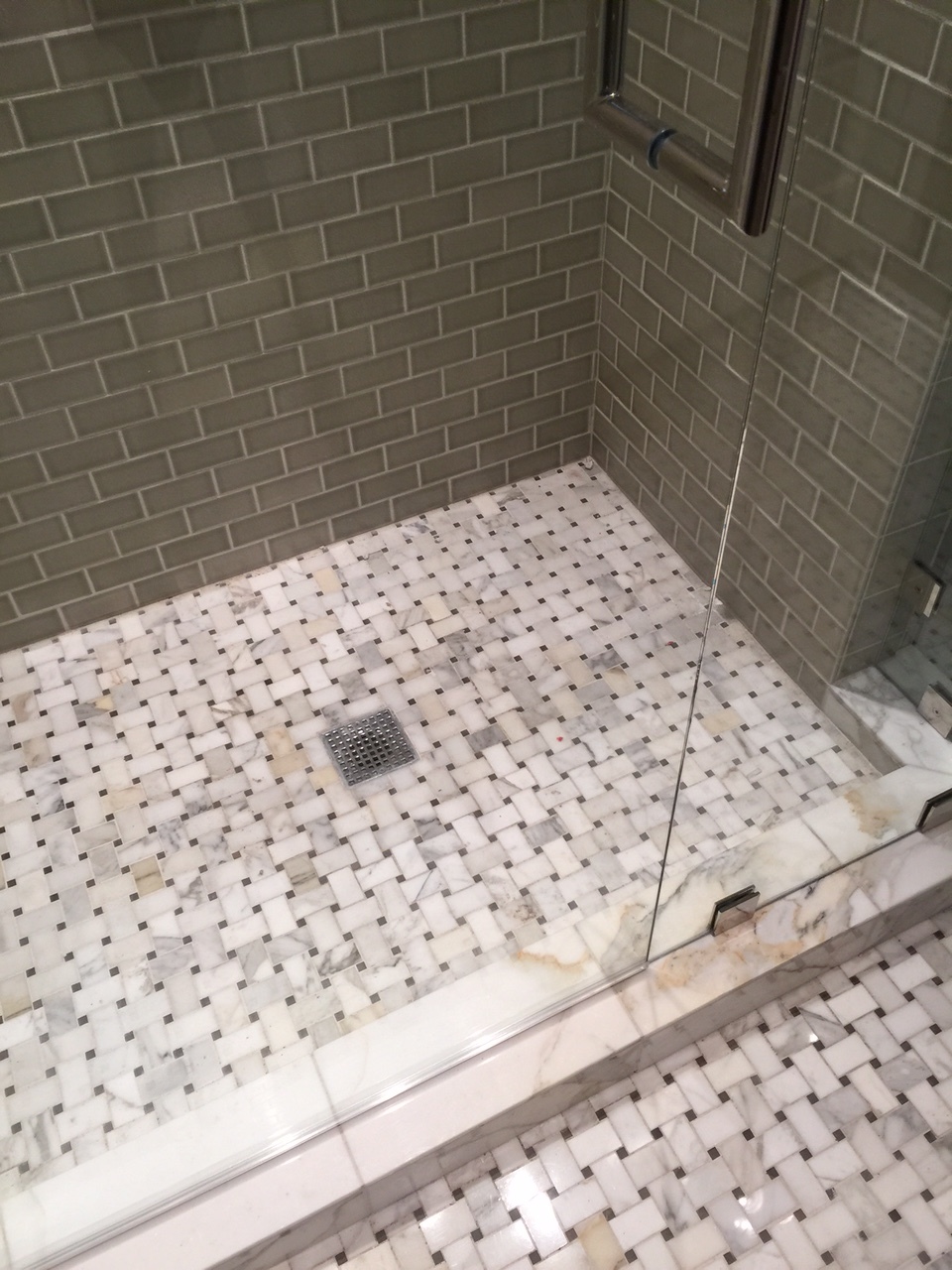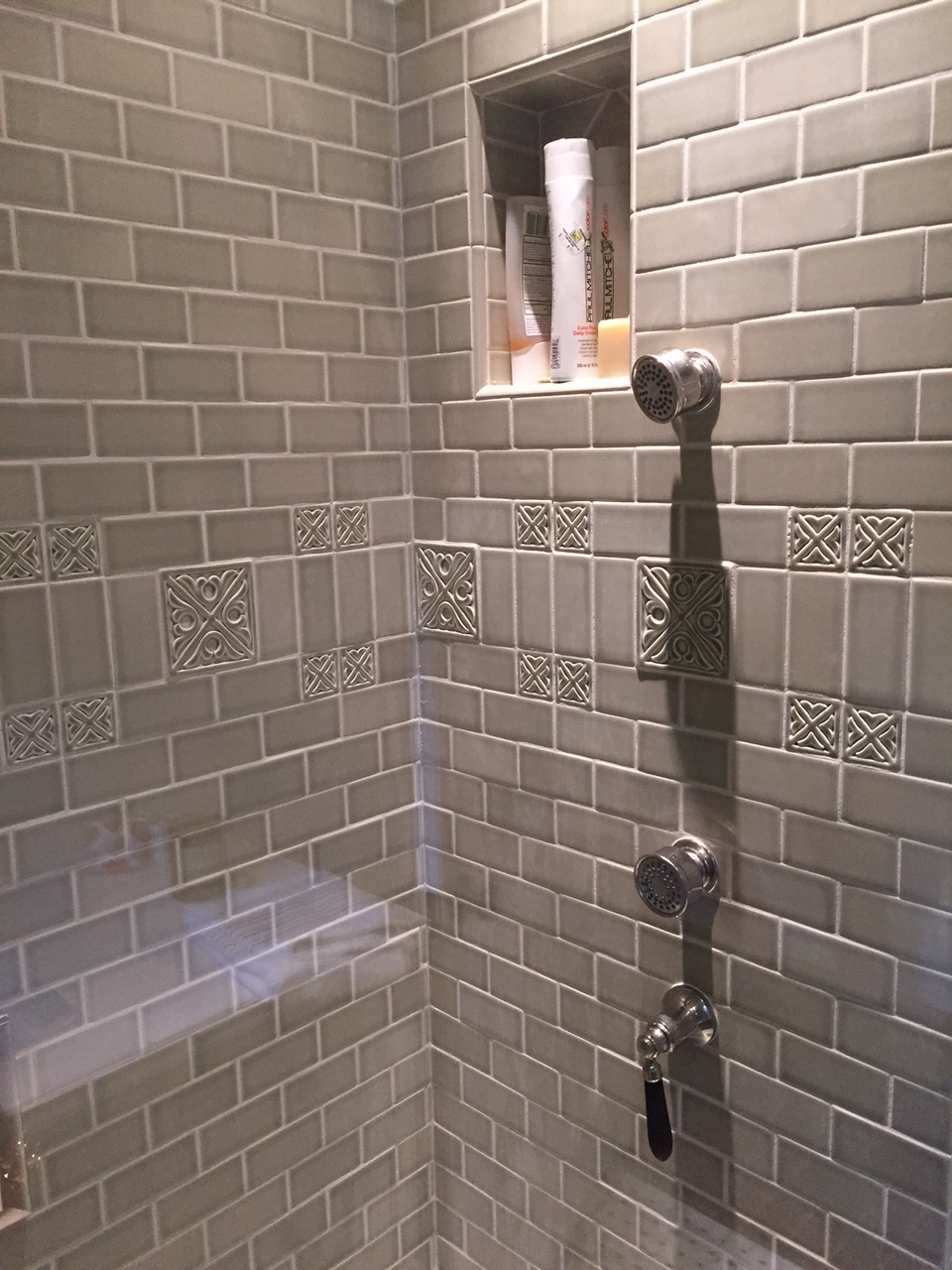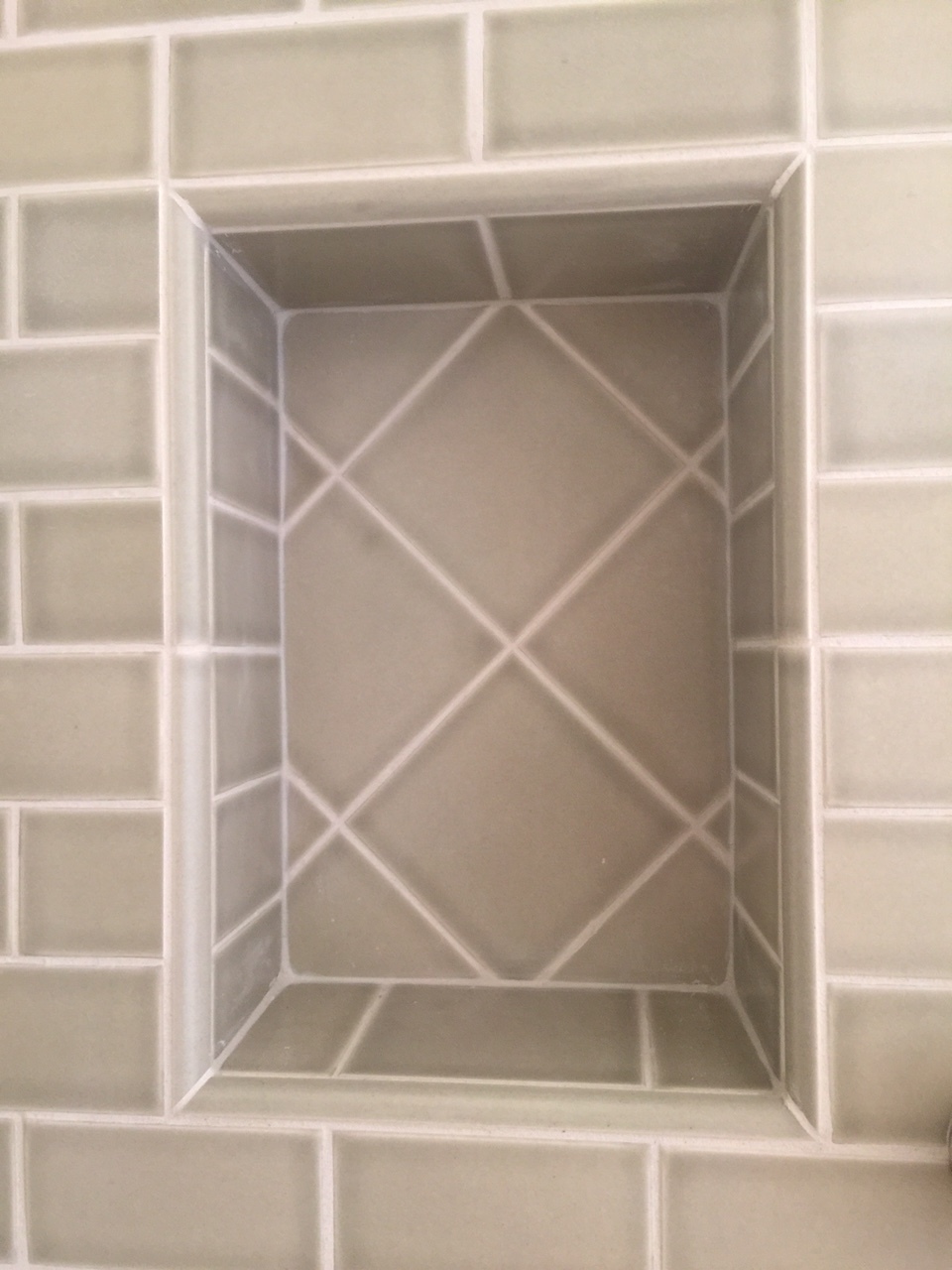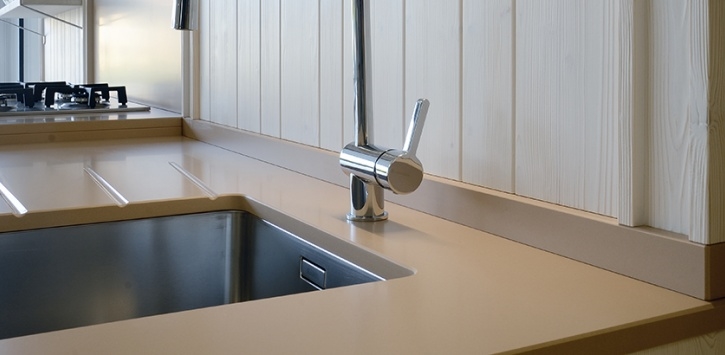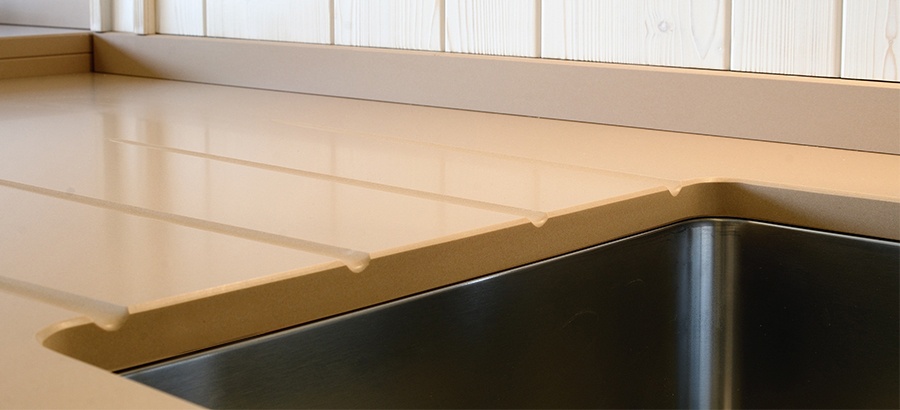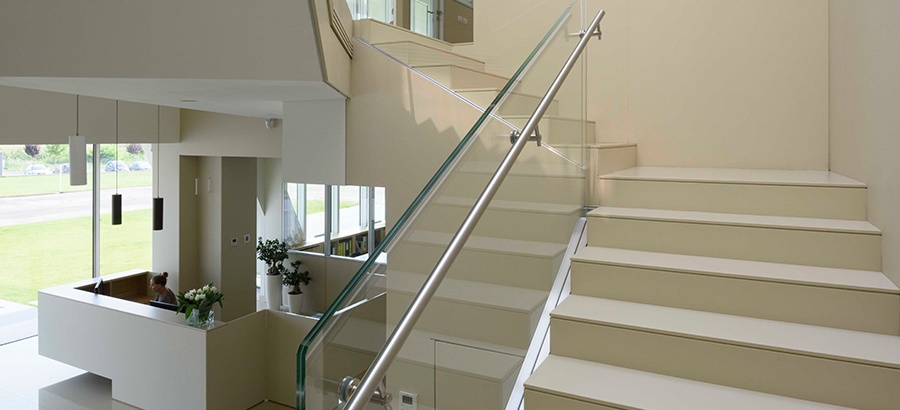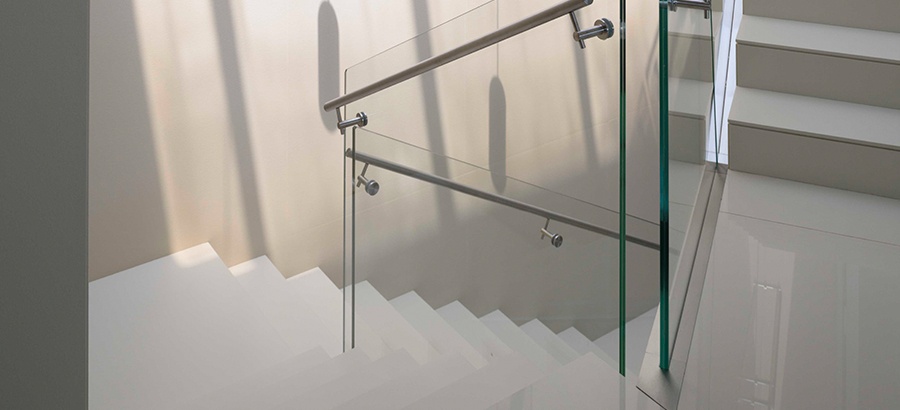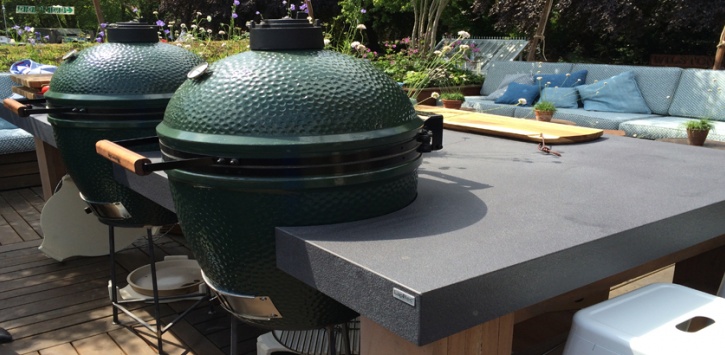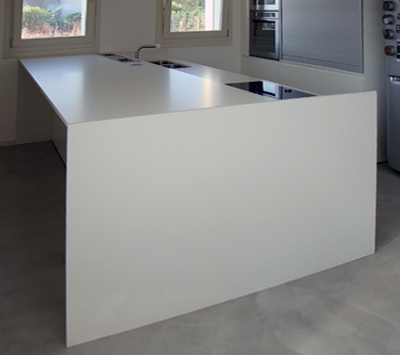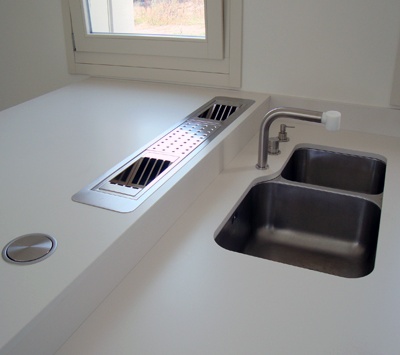We were just up at Poppy having dinner; a terrific Seattle restaurant. Looking in at their kitchen you can see the huge commercial hoods required to keep the kitchen clean from micro particles of oils and smells. Most clients don’t think about the importance of ventilation in their kitchen. It’s not as interesting as wood finishes, stone counter tops or the range of your dreams. This is the least understood infrastructure of your home.
In the 1940’ and 1950’s your home was probably built with a ceiling or wall fan to remove odors from the kitchen. It wasn’t until the 1960 and 70’s that hood fans began to be installed in most homes. These first hoods were generally under powered and used small scale ducting made them noisy as well.
I believe most people didn’t like hood fans because they were loud and didn’t seem to do much. The noise you hear with a hood fan is the movement of air though the restriction of the ducting itself. The electric fan motor itself is very quiet. With the popularity of commercial style ranges, induction cook tops and wok cooking, ventilation is absolutely necessary. Steam is filled with tiny bits of cooking oil and odors that will stick to your walls, windows and ceiling if you’re not using your hood.
The amount of air that needs to leave your home above your cooking surface is dependent on how many BTU’s of heat you’re creating with your range or cook top. We calculate that as cubic feet of air per minute that is pulled out of your home; CFM’s. If you’re cooking on an island, you’ll have more cross breezes than if you’re against a wall. We add more CFM’s and increase the width of the hood. Some clients don’t want to smell kitchen smells, so we’ll approach the hood as though it was above an island. How about if you’re tall; I hear this all the time about raising the hood up higher than usual. There are ways to decrease cross breezes and increase CFM but the other important piece is to have make up air to allow your hood to work at its peak performance. This can be a system that comes on when you turn your hood on automatically or this can be as easy as opening your kitchen window.
So… you need a hood but don’t like how they look. I get that. In some designs the hood becomes an integral part of the overall design, in fact a real feature of the kitchen. I tend to like to build in the hood into cabinetry using a hood insert that most manufacturers make in many sizes. Sometimes you just don’t wish to have another large stainless-steel appliance in your kitchen.
Here are a couple of solutions I’ve used that feel open and more streamlined than the a stainless steel hood.
The hood alcove
Using a hood insert hidden in cabinetry.
This is open feel and yet the enclosure with the tall cabinets minimizes cross breezes and with increasing the CFM of the hood fan this will work for most clients. Increasing the width of the hood area can also be a factor when increasing the overall height of the hood installation.
Flush Hood
It almost disappears…
Another approach entirely is to use a flush ceiling hood as shown in kitchen above. This hood also features concealed LED lighting. It is activated by a small fob and it reaches 1,400 CFM.
Planning for ventilation can be complicated, where to vent and how to vent. Confirming you have the room for the right size ducting and allowing enough room for turns and not traveling too far before exiting the home.
There’s a lot more below the surface of a kitchen or bathroom design and remodel. We look forward to working with you on your next project. Feel free to contact us to discuss ventilation or other aspects of design and remodeling. 206-523-1123




